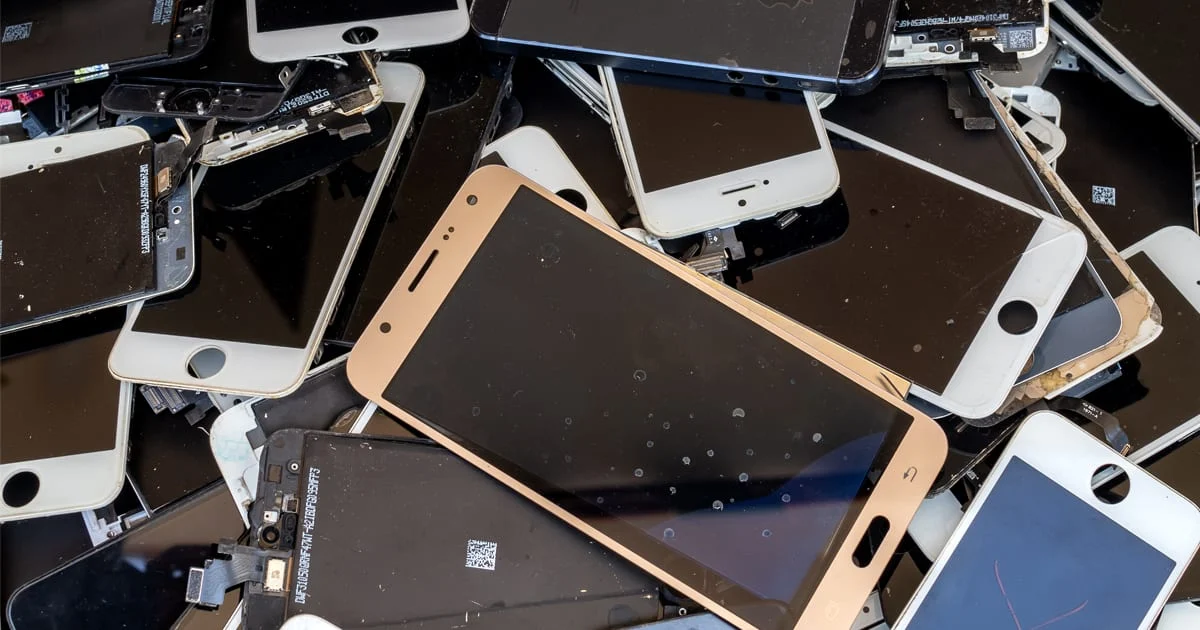· 2 min read
Something You Should Know about Electronic Waste Recycling
Electronic Waste (E-Waste) refers to discarded electronic devices like cell phones, computers, and appliances. These devices contain plastics that can be recycled to reduce environmental pollution.

What Is Electronic Waste?
E-waste contains various plastics such as PVC, PS, PP, and PC. These are recyclable and can be reintroduced into the production chain.
What Are the Plastics of the Electronic Scrap?
The plastics in e-waste are recyclable. Through recycling and reclamation, plastics from e-waste can be reintroduced into the production chain. After e-waste recycling, we can reduce the need for new plastic raw materials and help to reduce environmental pollution.
There is a wide variety of plastics in e-waste, including polyvinyl chloride (PVC), polystyrene (PS), polypropylene (PP), polycarbonate (PC), and others. Each of these plastic materials has different characteristics and needs to be categorized when recycled.
Common plastics include housings for electronic equipment, meter housings, keypads and buttons, insulation for cables and wires, plugs and sockets, trays and packaging materials.
Recommended Electronic Waste Recycling Process
Collection and Sorting: Plastics in e-waste first need to be sorted to separate out the different types of plastics. As plastics in e-waste may be mixed with metals, glass and other materials, they need to be separated carefully.
Cleaning & Shredding: The sorted plastics need to be cleaned in a washing machine to remove stains, grease and other impurities. The plastics are then shredded into smaller flakes to facilitate subsequent processing by an e-waste shredder for sale.
Melting & Reprocessing: The crushed plastic flakes are melted and reprocessed into plastic pellets or other plastic products that re-enter the production chain for use in the manufacture of new products.
 PlastRec
PlastRec

